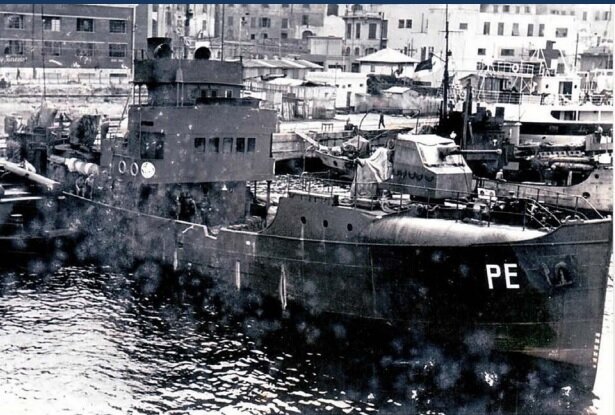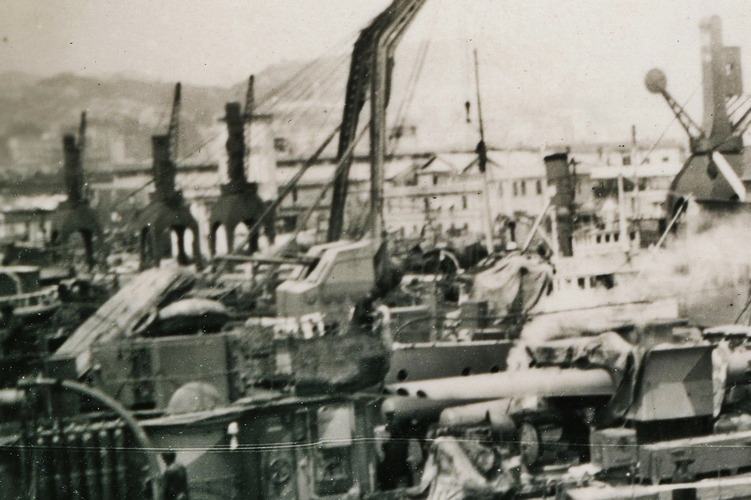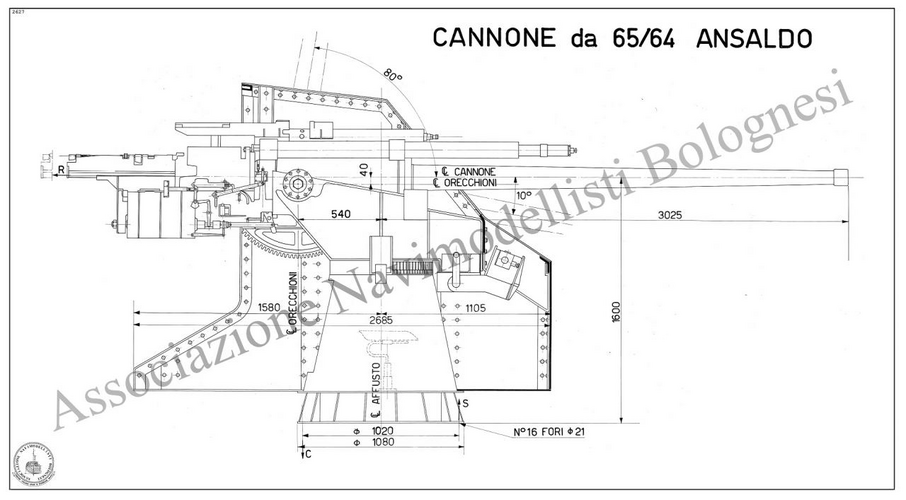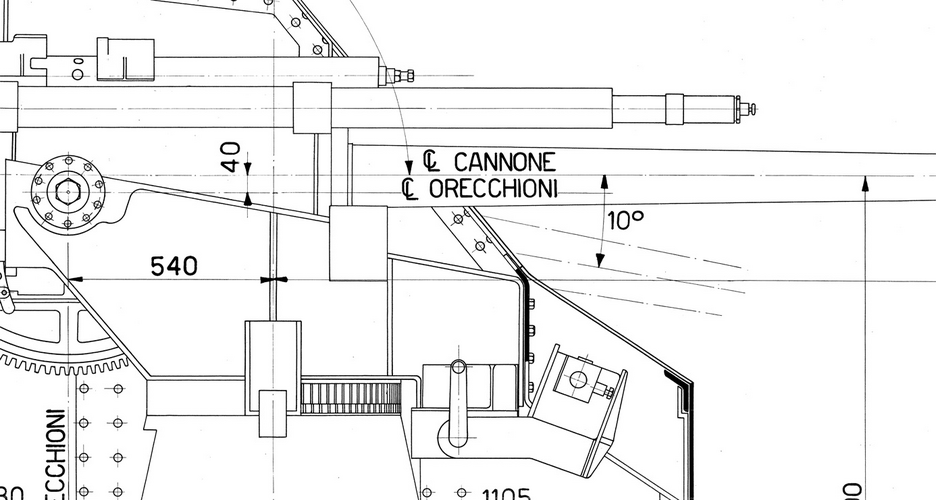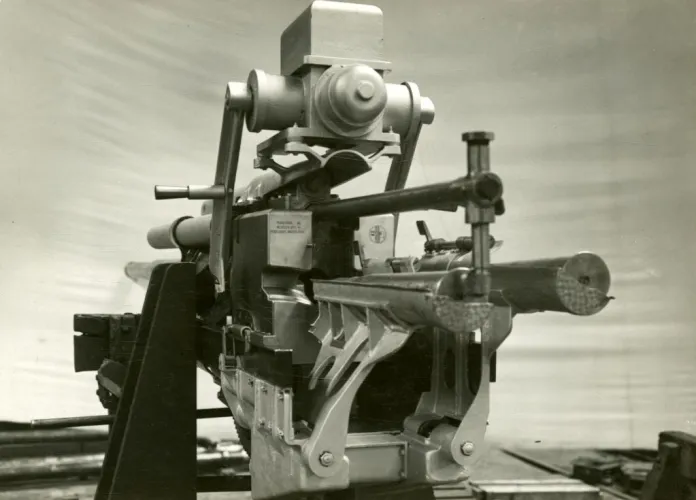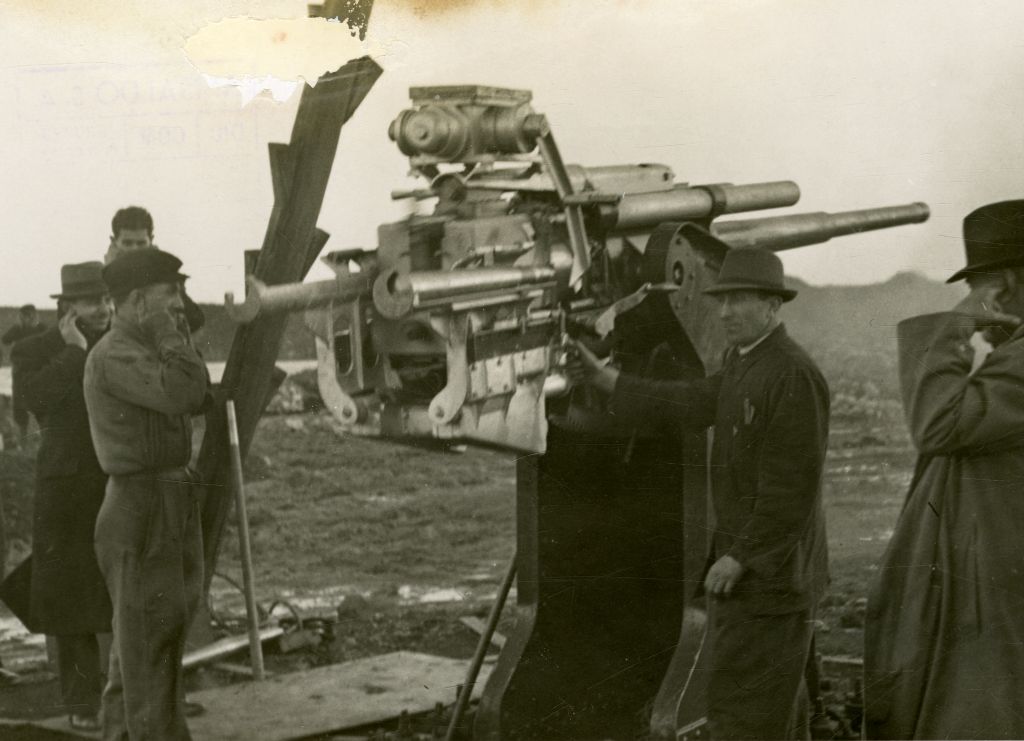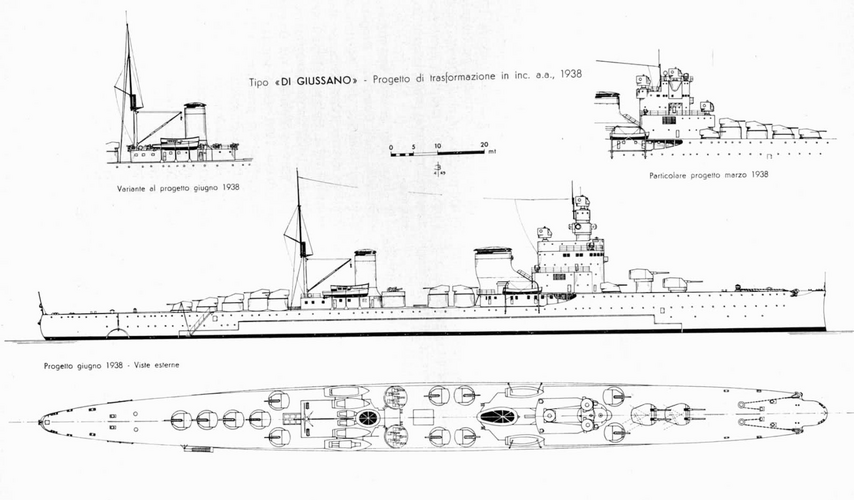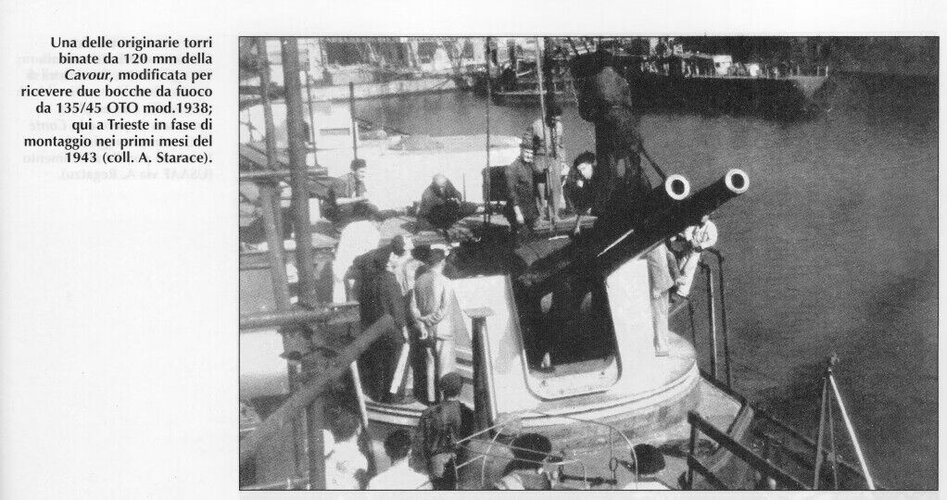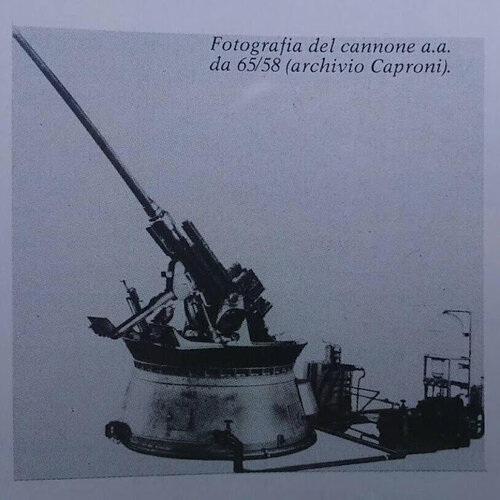ptdockyard
"Pick out the biggest and commence firing"
- Joined
- 19 January 2014
- Messages
- 113
- Reaction score
- 137
The Navweps site on these two guns has some passing mentions that lead me to other questions:
-135 mm/45 (5.3") Models 1937 and 1938: There is this statement: "A twin AA version for the Etna class cruisers and for the rebuild of the damaged battleship Conte Di Cavour were only in the planning stages by the time of the Italian Armistice."
Does anyone have any information on this mount?
-65 mm/64 (2.56") Model 1939: This weapon was supposed to have an automatic loading feature that was abandoned: "The loading equipment was electrically powered and included dual loading trays and a pantograph linkage rammer. The rammer design proved troublesome and was finally abandoned in favor of slower, but more reliable hand loading. "
Even with hand loading this gun was to have a ROF of 20 rpm. Does anyone have information on the proposed autoloading equipment and what ROF that was supposed to have?
Interestingly, one of the 65mm prototypes was used on a German Trawler "Petsamo" of the 1.Transportflottille out of Genoa in 1945
-135 mm/45 (5.3") Models 1937 and 1938: There is this statement: "A twin AA version for the Etna class cruisers and for the rebuild of the damaged battleship Conte Di Cavour were only in the planning stages by the time of the Italian Armistice."
Does anyone have any information on this mount?
-65 mm/64 (2.56") Model 1939: This weapon was supposed to have an automatic loading feature that was abandoned: "The loading equipment was electrically powered and included dual loading trays and a pantograph linkage rammer. The rammer design proved troublesome and was finally abandoned in favor of slower, but more reliable hand loading. "
Even with hand loading this gun was to have a ROF of 20 rpm. Does anyone have information on the proposed autoloading equipment and what ROF that was supposed to have?
Interestingly, one of the 65mm prototypes was used on a German Trawler "Petsamo" of the 1.Transportflottille out of Genoa in 1945
Attachments
Last edited:

